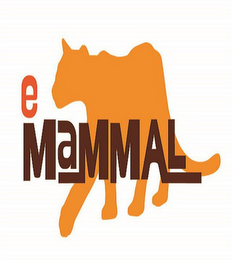The project so far
Eyes on Wildlife has officially been in action for 9 months! The 2018-2019 school year is off to a great start so let’s check in on everything that has happened so far.
After a summer of camera trapping, our teachers have doubled the wildlife detections in our project. White-tailed deer have managed to overtake the eastern gray squirrel in detections; there are now over 200 more detections of deer than squirrel. We also detected four new species this summer: bobcat, coyote, eastern chipmunk and the eastern fox squirrel.

This bobcat may have been a little camera shy but is a great example of the beautiful markings bobcats can have.
Two-thirds of the deployments completed for this project have been on public property such as Shenandoah National Park or on private property such as a teacher’s backyard. Thanks to those deployments, students will have access to plenty of data for comparison with the deployments they complete on school grounds.

Eyes on Wildlife now includes Warren County and the six surrounding counties: Shenandoah, Page, Frederick, Fauquier, Clarke and Rappahannock. Within this range, there are over 30 middle and high school teachers trained in 25 different schools. As a result of these outstanding teachers and their dedication to science education, we have engaged over 800 students (and counting) since January! Check out the eMammal twitter page (@eMammal) to see some of these students in action.

This is a map of schools participating in the Eyes on Wildlife project. Blue markers indicate schools that currentlys participate while orange markers are schools we plan to include by the end of this school year.
This past Saturday, SCBI held its annual Conservation Discovery Day. This is a day for high school and college students to come learn about SCBI’s on-site and global research and how they can one day have a career in conservation as well. Eyes on Wildlife had its own eMammal booth and we had a teacher and two students from Fauquier County High School volunteer as ambassadors for the project. At the booth, the students shared their knowledge on identifying the most difficult Virginia native mammals.
As the school year continues, we will always give teachers the option to borrow camera traps from the Eyes on Wildlife inventory. In addition, we are working with teachers looking to obtain their own grants for purchasing their own classroom cameras. This will provide teachers and students with year-round resources rather than relying on the Eyes on Wildlife shared inventory. One school district has already secured a grant to purchase ten cameras!
Bonus! Here is one of our favorite photos in the project. We like to refer to it as 'yoga deer.'



